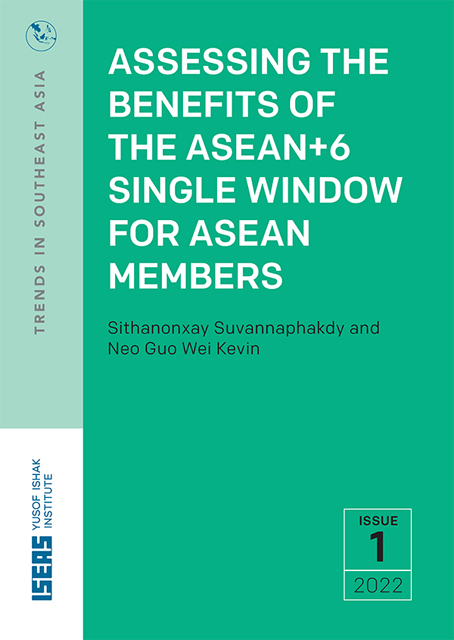222 results
Shared and distinct electroencephalogram microstate abnormalities across schizophrenia, bipolar disorder, and depression
-
- Journal:
- Psychological Medicine , First View
- Published online by Cambridge University Press:
- 13 May 2024, pp. 1-8
-
- Article
- Export citation
Translation and validation of the Chinese version of Palliative Care Self-Efficacy Scale
-
- Journal:
- Palliative & Supportive Care , First View
- Published online by Cambridge University Press:
- 08 April 2024, pp. 1-7
-
- Article
- Export citation
Application of computer vision and deep learning models to automatically classify medically important mosquitoes in North Borneo, Malaysia
-
- Journal:
- Bulletin of Entomological Research / Volume 114 / Issue 2 / April 2024
- Published online by Cambridge University Press:
- 01 April 2024, pp. 302-307
-
- Article
- Export citation
Dynamic aberrances of substantia nigra-relevant coactivation patterns in first-episode treatment-naïve patients with schizophrenia
-
- Journal:
- Psychological Medicine , First View
- Published online by Cambridge University Press:
- 25 March 2024, pp. 1-11
-
- Article
- Export citation
Fabrication and Optimization Design of Multilayer Flyer Plates for Laser-Driven Loading
-
- Journal:
- Laser and Particle Beams / Volume 2022 / 2022
- Published online by Cambridge University Press:
- 01 January 2024, e23
-
- Article
-
- You have access
- Open access
- HTML
- Export citation
Regulation of Hepatocytes in G0 and G1 Phases by NOTCH3 mRNA, miR-369-3p, and rno-Rmdn2_0006 during the Initial Stage of Rat Liver Regeneration
-
- Journal:
- Genetics Research / Volume 2023 / 2023
- Published online by Cambridge University Press:
- 01 January 2024, e8
-
- Article
-
- You have access
- Open access
- HTML
- Export citation
Dynamic structure–function coupling across three major psychiatric disorders
-
- Journal:
- Psychological Medicine / Volume 54 / Issue 8 / June 2024
- Published online by Cambridge University Press:
- 12 December 2023, pp. 1629-1640
-
- Article
- Export citation
Interesting and impressive: exploring design factors for product graphics interchange format to enhance engagement
-
- Journal:
- Design Science / Volume 9 / 2023
- Published online by Cambridge University Press:
- 04 December 2023, e33
-
- Article
-
- You have access
- Open access
- HTML
- Export citation
Prospect of ultrahigh-resolution fast neutron absorption spectroscopy based on a laser plasma electron accelerator
-
- Journal:
- High Power Laser Science and Engineering / Volume 12 / 2024
- Published online by Cambridge University Press:
- 30 November 2023, e11
-
- Article
-
- You have access
- Open access
- HTML
- Export citation
Dual-tunable phononic waveguides for manipulation of guided Lamb waves
-
- Journal:
- Programmable Materials / Volume 1 / 2023
- Published online by Cambridge University Press:
- 07 November 2023, e11
-
- Article
-
- You have access
- Open access
- HTML
- Export citation
Tuber development and propagation are inhibited by GA3 effects on the DELLA-dependent pathway in purple nutsedge (Cyperus rotundus) – CORRIGENDUM
-
- Journal:
- Weed Science / Volume 71 / Issue 5 / September 2023
- Published online by Cambridge University Press:
- 03 November 2023, pp. 514-515
-
- Article
-
- You have access
- HTML
- Export citation
On government spending and income inequality under monopolistic competition
-
- Journal:
- Macroeconomic Dynamics , First View
- Published online by Cambridge University Press:
- 23 October 2023, pp. 1-25
-
- Article
- Export citation
Zoonotic pathogens identified in rodents and shrews from four provinces, China, 2015–2022
-
- Journal:
- Epidemiology & Infection / Volume 151 / 2023
- Published online by Cambridge University Press:
- 07 September 2023, e174
-
- Article
-
- You have access
- Open access
- HTML
- Export citation
Tuber development and propagation are inhibited by GA3 effects on the DELLA-dependent pathway in purple nutsedge (Cyperus rotundus)
-
- Journal:
- Weed Science / Volume 71 / Issue 5 / September 2023
- Published online by Cambridge University Press:
- 04 September 2023, pp. 453-461
-
- Article
- Export citation
Assessing the Benefits of the ASEAN+6 Single Window for ASEAN Members
-
-
- Book:
- Assessing the Benefits of the ASEAN+6 Single Window for ASEAN Members
- Published by:
- ISEAS–Yusof Ishak Institute
- Published online:
- 01 September 2023, pp 1-23
-
- Chapter
- Export citation
Annex 3: List of Countries Included in the Regression Model
-
- Book:
- Assessing the Benefits of the ASEAN+6 Single Window for ASEAN Members
- Published by:
- ISEAS–Yusof Ishak Institute
- Published online:
- 01 September 2023, pp 30-31
-
- Chapter
- Export citation
Assessing the Benefits of the ASEAN+6 Single Window for ASEAN Members
-
-
- Book:
- Assessing the Benefits of the ASEAN+6 Single Window for ASEAN Members
- Published by:
- ISEAS–Yusof Ishak Institute
- Published online:
- 01 September 2023, pp vii-viii
-
- Chapter
- Export citation

Assessing the Benefits of the ASEAN+6 Single Window for ASEAN Members
-
- Published by:
- ISEAS–Yusof Ishak Institute
- Published online:
- 01 September 2023
Foreword
-
- Book:
- Assessing the Benefits of the ASEAN+6 Single Window for ASEAN Members
- Published by:
- ISEAS–Yusof Ishak Institute
- Published online:
- 01 September 2023, pp v-vi
-
- Chapter
- Export citation



